A joint research team between Rowan and Rutgers-Camden recently received a $30,000 grant from the Rowan University/Rutgers-Camden Board of Governors to continue their research and development of a new drug to treat type 2 diabetes.
The leaders of the team are Dr. Catherine Yang, a professor of biochemistry at Rowan; Dr. Joseph Martin, a professor of Biology at Rutgers-Camden; and Dr. Simeon Kotchoni, a professor of physiology and ethnobotany at Rutgers-Camden.
People with type 2 diabetes suffer from problems pertaining to the digestion of food, primarily sugar, due to their lack of glucagon-like peptide-1 (GLP-1). The human body needs sugar in the form of glucose to function properly. Forms of diabetes interfere with the body’s absorption of glucose.
“GLP-1 is a gastrointestinal hormone, mainly secreted after meals, which enhances glucose-induced insulin secretion and induces satiety,” Yang said. “It has been reported that GLP-1 levels after a mixed meal and after an oral glucose load are reduced in patients with type 2 diabetes. GLP-1 is rapidly inactivated by dipeptidyl peptidase IV (DPP-IV), an enzyme produced by endothelial cells in different districts and that circulates in plasma.”
Diabetes is one of the fastest growing medical issues around the world. The World Health Organization expects it to be the seventh leading cause of death by 2030.
“The global prevalence of [the] diabetes population is estimated to be 285 million with an estimated 1.5 million deaths … directly caused by diabetes,” Yang said.
Although the main purpose of the drug is to treat type 2 diabetes, it will also effectively treat high blood pressure and other complications due to diabetes. This will be the first time diabetes and its complications can be treated simultaneously using the single dual action drug.
The new drug will be created in part using a plant from Africa, provided by the research team at Rutgers-Camden.
According to Yang, the name of the plant will remain confidential until a patent is filed.
“[Kotchoni] went to Africa and found some plant extracts that have been used in clinical practice,” Yang said. “Right now, [Rutgers-Camden] want[s] to provide that plant’s extract and then [Rowan] will identify the specific compound that would demonstrate the drug potency with our molecule targets.”
The new drug is expected to replace Januvia, the current leading drug used for diabetes treatment, rated one of the 10 most effective drugs in history, according to Yang. Merck, the owner of Januvia, made $10 billion off its revenue last year.
“This drug has been one of the best designed drug so far, however, it still has some cardiac and pancreatic side effects,” Yang said. “The patent of this drug will expire in a few years. Companies like Merck are looking for new drugs for their pipeline. We believe the drug we designed has a very high potency and minimized side effects.”
The Rowan research team for this project consists of four graduate students and 10 undergraduate students.
“Two graduate students [will be] mainly involved in the biochemical characterization, target validation, and pharmacological testing studies,” said Yang.
The future of this type 2 diabetes drug looks promising for both the universities and patients.
“We believe this has better potential for future development,” said Yang. “We also believe this will be the next generation of type 2 diabetes drug since this is also treating the complications.”



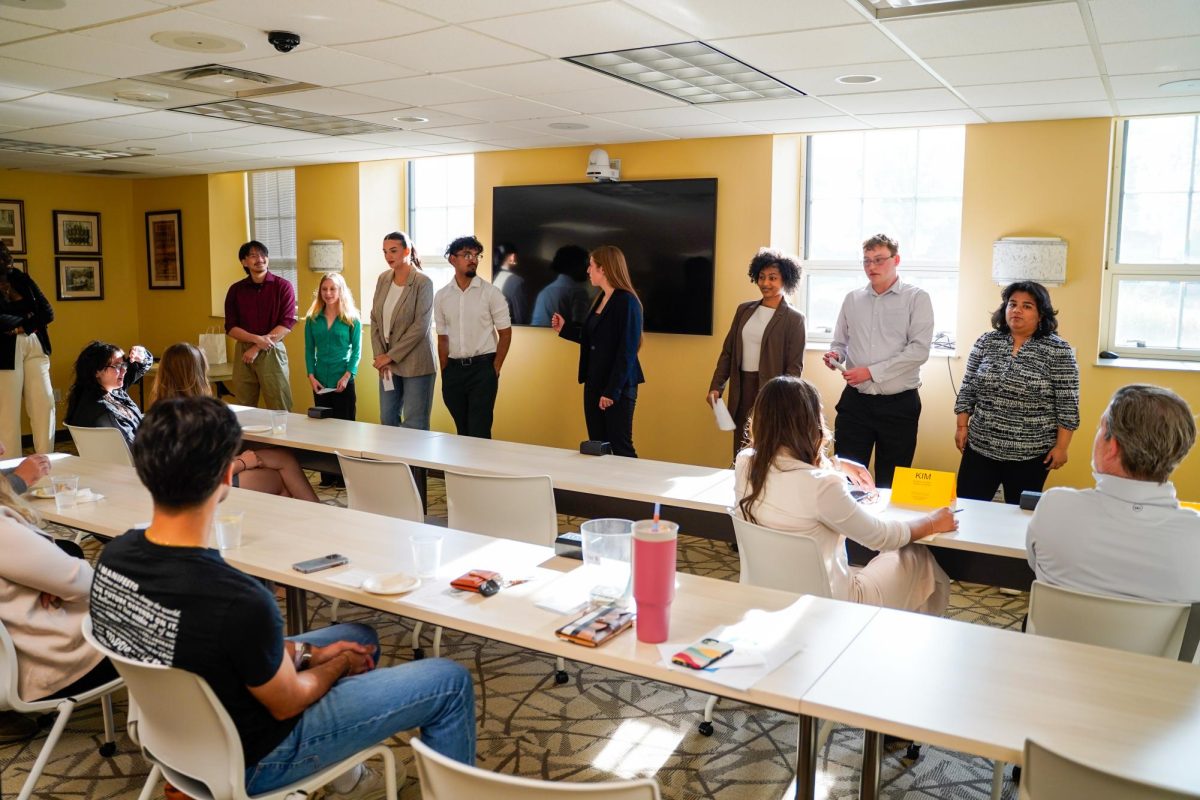
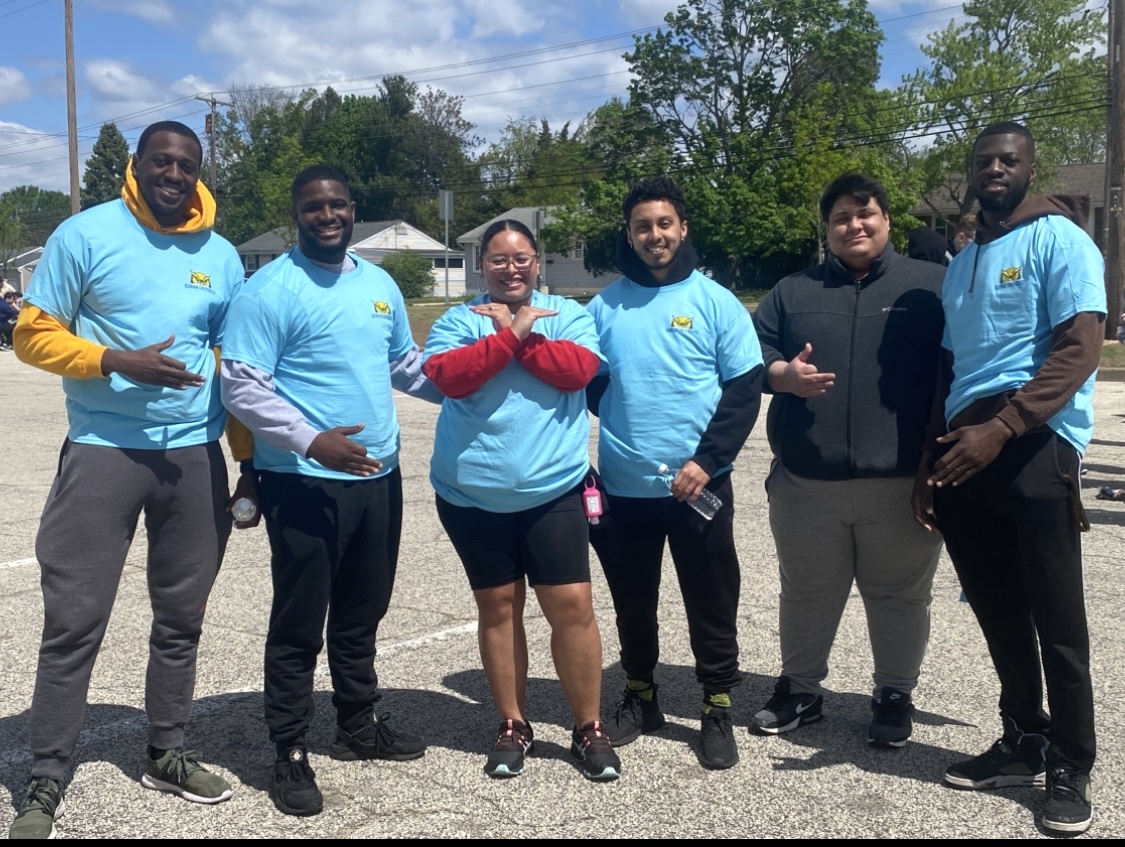





















































































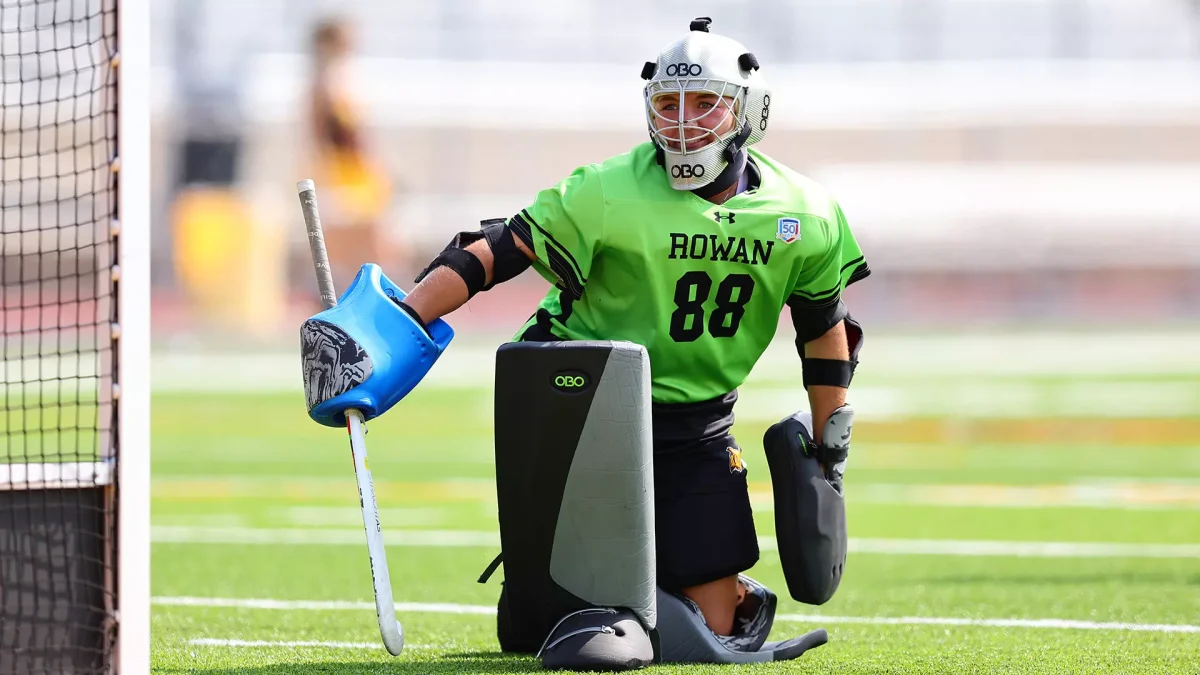





































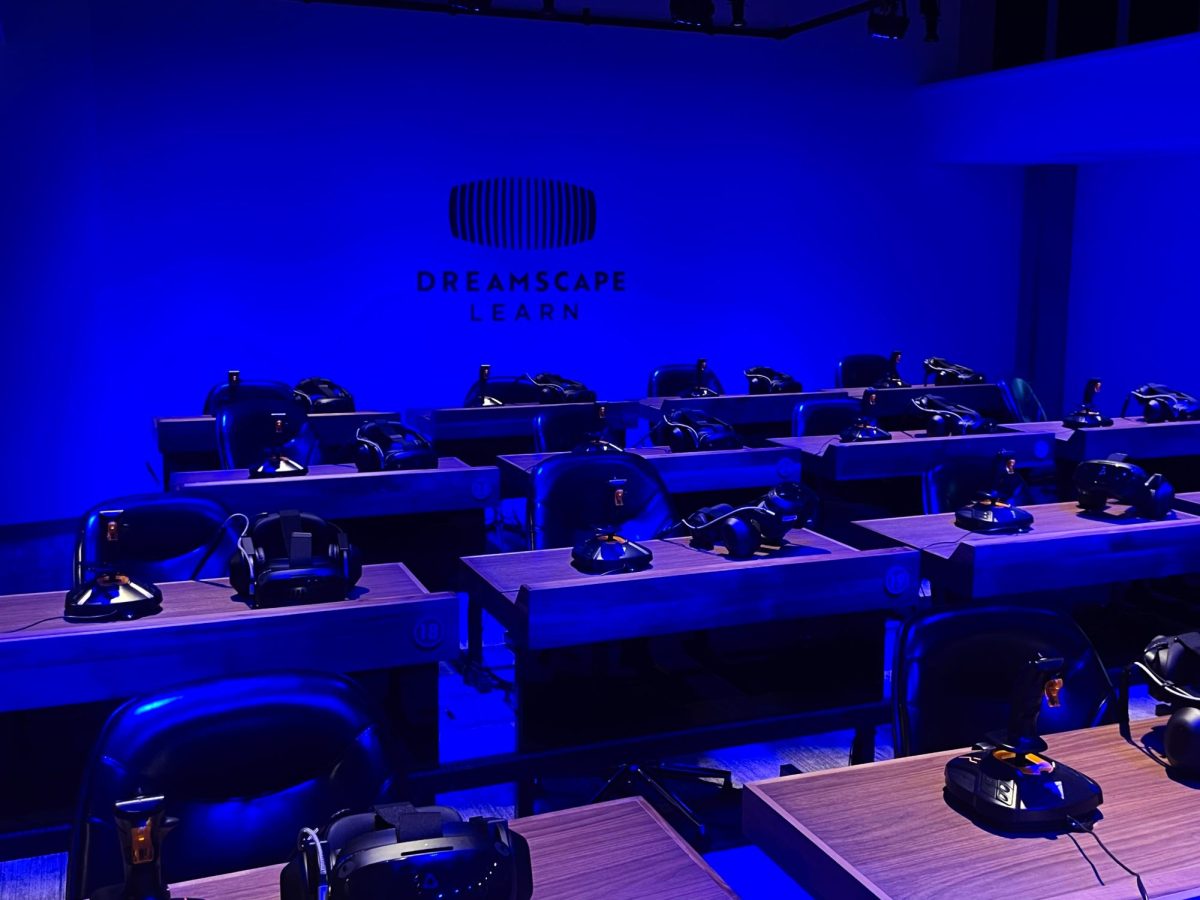
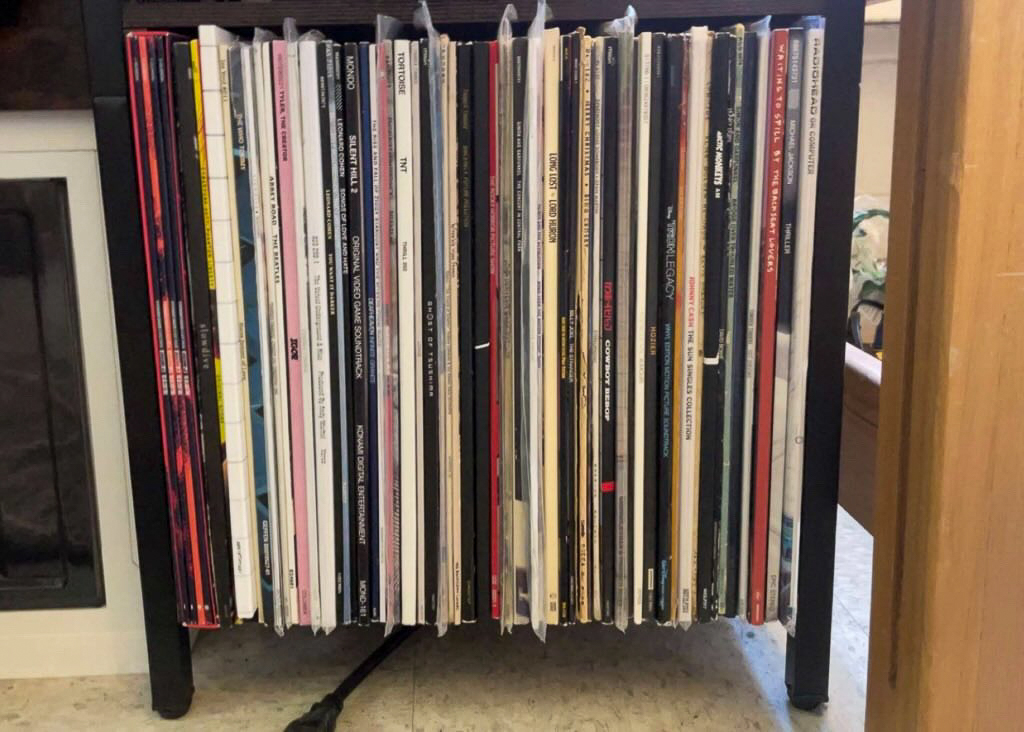























!["Working with [Dr. Lynch] is always a learning experience for me. She is a treasure,” said Thomas. - Staff Writer / Kacie Scibilia](https://thewhitonline.com/wp-content/uploads/2025/04/choir-1-1200x694.jpg)








































